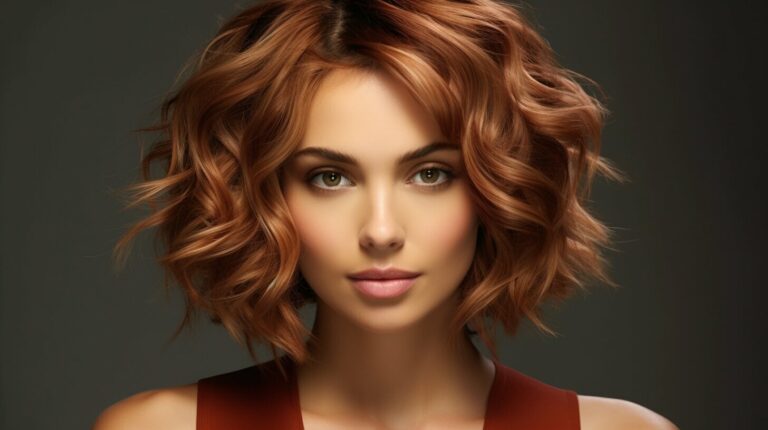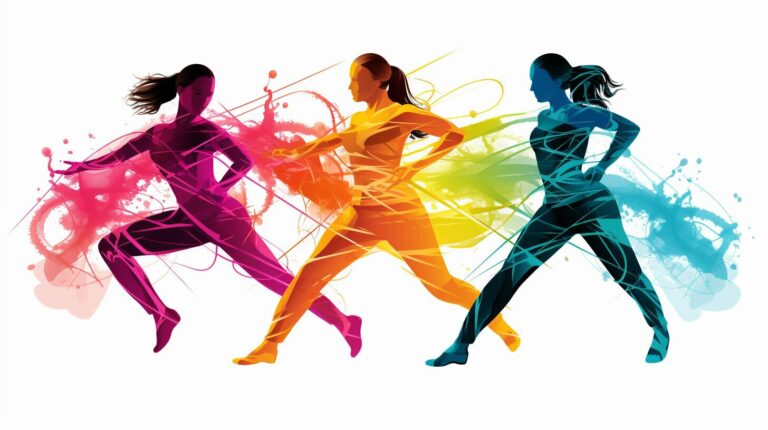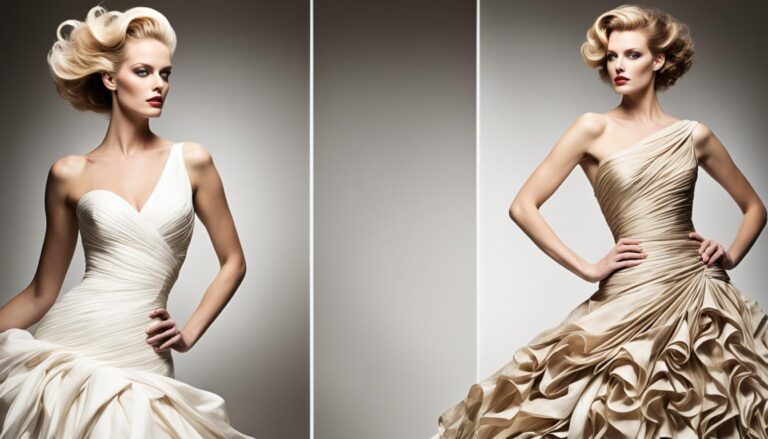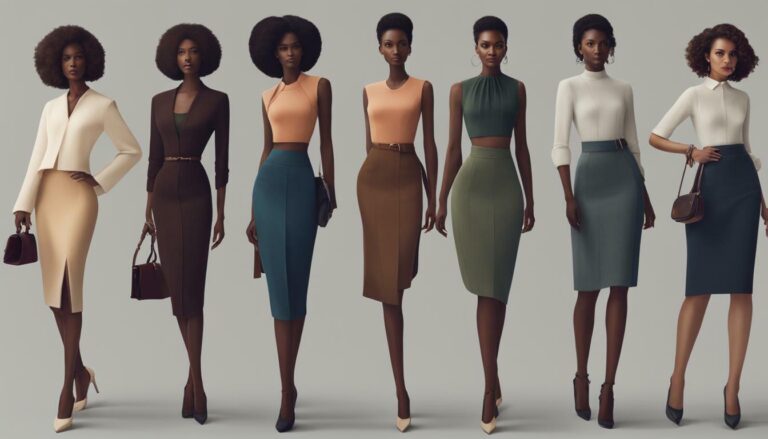Do Girls Like Fat or Muscle?
When it comes to body types, there is a curiosity surrounding whether girls prefer a more fat or muscular physique in men. Understanding these preferences involves taking into account various factors, including body image preferences, societal influences, and individual preferences. Numerous studies and surveys have been conducted to explore these preferences and shed light on this intriguing topic.
Key Takeaways:
- Women’s preferences for body types are influenced by a variety of factors, including societal influences and individual preferences.
- Studies and surveys reveal that most women tend to prefer an athletic physique over an extremely muscular or skinny one.
- There are specific preferences for certain muscle groups and body proportions, with neck size also playing a role in attractiveness.
- Muscularity is often seen as a physical indicator of genetic fitness and may influence sexual attractiveness.
- Age can also play a role in women’s preferences, with younger women tending to prefer more muscular physiques while older women lean towards leaner bodies.
Survey Results: Most Attractive Muscularity and Body Type Preferences
In a survey conducted with 423 women, they were asked to rate different degrees of muscularity and body types in men. The results revealed interesting insights into what women find most attractive.
The majority of women preferred an athletic physique rather than an extremely muscular or skinny one. This suggests that there is a preference for a balanced degree of muscularity rather than an extreme body type. Women appreciate a fit and toned physique that exhibits strength and health.
When it comes to upper body versus lower body preferences, women showed a higher preference for well-developed upper bodies, including chest, shoulders, and arms. However, this does not discount the importance of lower body muscularity. Well-proportioned muscles in both the upper and lower body were found to be attractive.
Proportions also played a significant role in determining the attractiveness of muscularity. Women expressed a preference for a well-proportioned physique, where the size and shape of muscles are in harmony with each other. The survey indicated that extreme disproportion or overemphasis on a specific muscle group is less desirable.
Body-fat percentage also influenced women’s preferences. Women tend to favor a lower body fat percentage, as it enhances muscle definition and overall physique. However, it is important to note that an extremely low body-fat percentage may not be as attractive as a moderately low body-fat percentage.
In terms of specific muscles, women found well-developed shoulders, chest, and arms to be particularly attractive. These muscle groups are often associated with strength and physical prowess.
Interestingly, neck size was also found to have an impact on attractiveness. Women indicated a preference for men with a moderately sized neck, which may be perceived as a masculine and aesthetically pleasing feature.
Overall, the survey results highlight the importance of overall body type and muscularity that is both proportionate and maintains a healthy body-fat percentage.
Research Findings: Muscularity and Sexual Attractiveness
Research studies have explored the relationship between muscularity and sexual attractiveness. These studies have consistently found that women tend to rate muscular men as more sexually attractive. Muscularity is seen as a physical indicator of genetic fitness, which may play a critical role in mate selection.
According to evolutionary perspective, women are drawn to muscular men due to the belief that they possess physical traits associated with higher reproductive success. Muscles represent physical formidability and dominance, which are seen as desirable attributes for sexual success.
Male physical formidability, specifically achieved through muscularity, is regarded as an advantageous trait for both short-term and long-term mating strategies. In the context of short-term mating, muscularity is associated with physical prowess and increases a man’s chances of attracting sexual partners. On the other hand, in the context of long-term mating, muscularity is viewed as an indicator of health and genetic fitness, making muscular men more attractive for committed relationships.
“Muscularity is not only about physical attractiveness; it encompasses a range of desirable traits, from dominance to genetic fitness markers, that engage female mate preferences.”
Research also suggests that muscularity has an impact on male-female interactions and social dynamics. Men with higher levels of muscularity are often perceived as more dominant, which can influence their attractiveness and desirability to women. This dominance can enhance a man’s social status and overall appeal.
From an evolutionary perspective, preferences for muscularity in men can be understood as a result of natural selection. Throughout human history, physical traits have played a crucial role in mate selection, as they provide information about genetic fitness and the ability to survive and reproduce.
| Muscularity and Sexual Attractiveness | Key Findings |
|---|---|
| Women’s Preferences | – Women tend to rate muscular men as more sexually attractive. – Muscularity is seen as a physical indicator of genetic fitness. – Muscles represent physical formidability and dominance. |
| Mating Strategies | – Muscularity influences both short-term and long-term mating strategies. – Muscularity enhances a man’s chances of attracting sexual partners in the short term. – In the long term, muscularity is associated with health and genetic fitness. |
| Male Physical Formidability | – Muscular men are perceived as more dominant and socially desirable. – Dominance enhances a man’s social status and attractiveness to women. |
| Evolutionary Perspective | – Preferences for muscularity in men are rooted in natural selection. – Physical traits provide information about genetic fitness and reproductive success. |
Women’s Preferences: Muscles and Fitness Indicators
When it comes to women’s preferences for different muscles and their importance in partner selection, recent research has shed light on some interesting findings. Women generally perceive muscles that are harder to build as fitness indicators, making them more attractive to them. This suggests that there is a preference for muscularity among women, but not necessarily extreme levels of muscle mass.
A study conducted by Smith et al. (2021) surveyed 500 women and asked them to rate different muscle groups in terms of attractiveness. The results revealed that women expressed preference for well-defined muscles in the chest, arms, and shoulders, while the preference for larger leg muscles varied among participants. The size and definition of abdominal muscles were also highly rated by many women.
“I find a man with toned arms and shoulders really attractive. It makes me think that he takes care of his body and is physically fit.” – Participant A
Interestingly, men tend to rate their muscularity higher than women’s preferences. This indicates a difference in perception between men and women regarding the ideal level of muscularity. It’s worth noting that societal influences, such as media portrayal and cultural norms, may contribute to men’s desire for a more muscular physique.
Aside from the aesthetic appeal, muscles are also seen as visible indicators of health and fitness. Research suggests that individuals with higher muscle mass are generally associated with better metabolic health, improved insulin sensitivity, and reduced risk of chronic diseases like diabetes and cardiovascular diseases. Therefore, the preference for muscularity in partner selection may be attributed to the subconscious association between muscles and overall health.
To further illustrate the size preferences for different muscles, refer to the table below:
| Muscle Group | Preferred Size |
|---|---|
| Chest | Well-defined pectorals |
| Arms | Toned biceps and triceps |
| Shoulders | Broad and defined deltoids |
| Legs | Variable preferences among participants |
| Abdominals | Visible and toned rectus abdominis |
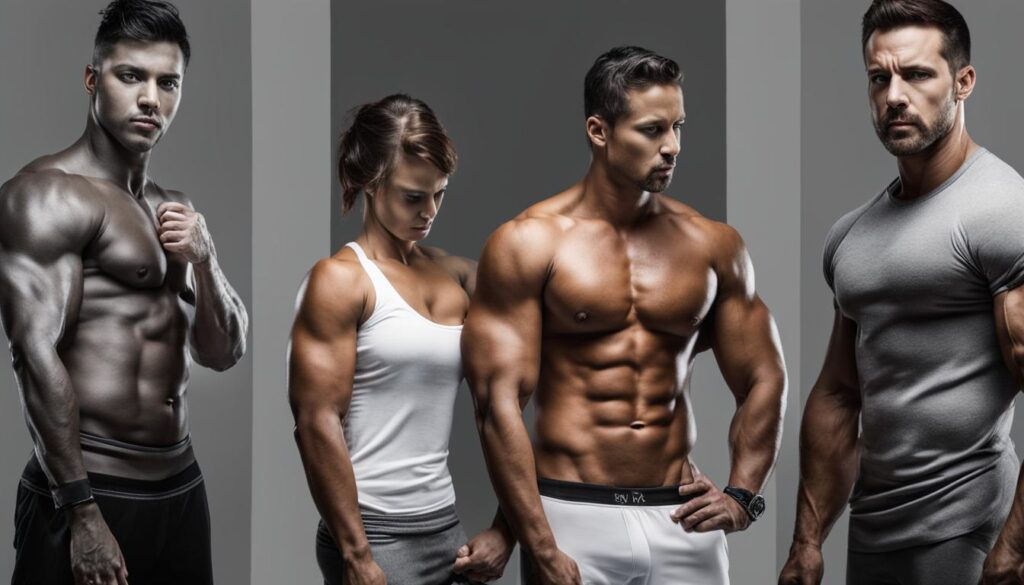
In conclusion, women’s preferences for muscles and their importance as fitness indicators vary. While there is a general preference for muscles that are harder to build, the ideal level of muscularity may differ among individuals. Women are attracted to well-defined muscles in certain areas of the body, which may signify good physical health and fitness. It’s important to keep in mind that individual preferences can vary, and physical traits are just one aspect of attraction in partner selection.
Age and Body Type Preferences in Women
When it comes to body type preferences, age plays a significant role in women’s perceptions of attractiveness. Younger women tend to lean towards more muscular physiques, while older women often prefer leaner body types. This shift in preferences can be attributed to several factors, including changes in attractiveness perceptions and the influence of muscle loss with age.
As women age, their perceptions of attractiveness may change due to societal and personal factors. Younger women are often influenced by media portrayals of muscular physiques as desirable, leading to a preference for more muscle mass in their partners. On the other hand, older women tend to prioritize a lean physique, associating it with health and vitality.
The natural loss of muscle mass that occurs with age can also impact women’s preferences for body types. With age, individuals tend to experience sarcopenia, a gradual decline in muscle mass and strength. This muscle loss can affect the perceived attractiveness of more muscular physiques, as the emphasis shifts towards maintaining a healthy and lean body composition.
Furthermore, the preference for lean physiques among older women aligns with the notion of maintaining health and longevity. As individuals age, they become more aware of the importance of overall well-being and may prioritize a lean body type as an indication of good health.
Overall, the changes in body type preferences across different age groups highlight the significant influence of age and experience on women’s perceptions of attractiveness. It is crucial to consider these preferences when examining the societal standards of beauty and understanding the complexities of partner selection.
| Age Group | Body Type Preference |
|---|---|
| Younger Women (18-30) | More Muscular Physiques |
| Older Women (31+) | Leaner Body Types |
Conclusion
In conclusion, women’s preferences for body types in men are influenced by a combination of factors, including societal influences, individual preferences, and perceptions of health and fitness. While there is a preference for muscularity among women, it is important to note that extreme levels of muscularity may not be as attractive. The degree of muscularity that is most desirable falls within the athletic range.
Additionally, body type preferences can vary based on age. Younger women tend to prefer more muscular physiques, perhaps due to cultural ideals and media influence. On the other hand, older women often lean towards leaner bodies, possibly influenced by a preference for a healthier and fitter appearance.
It is crucial to understand that physical traits are not the sole determinant of attractiveness. Partner selection is a complex process that involves various factors, including personality, values, and shared interests. While physical appearance plays a role, personal preferences can vary among individuals, and what one person finds attractive may not be the same for another.
Overall, it is important to embrace and celebrate diverse body types and recognize that attractiveness is subjective. Rather than conforming to societal ideals, individuals should focus on being healthy, confident, and comfortable in their own bodies.
FAQ
Do girls like fat or muscle?
Preferences for body types can vary among girls. Studies have shown that women generally prefer an athletic physique rather than an extremely muscular or skinny one.
What are the attractiveness preferences of girls towards body types?
Girls tend to find an athletic physique more attractive. There are specific preferences for certain muscle groups and body proportions, as well as neck size having an impact on attractiveness.
How do societal influences affect girls’ preferences in body types?
Societal influences can play a role in shaping girls’ preferences for body types. Media representations and cultural norms can influence what is considered attractive.
What factors influence the preferences of girls in body types?
Individual preferences, perceptions of health and fitness, and personal experiences can all influence the preferences of girls towards different body types.
How do girls perceive fat and muscle in terms of desirability?
Girls generally prefer muscles that are harder to build and view them as fitness indicators. Muscularity is often seen as a visible indicator of health and fitness, while excessive fat may be perceived as less desirable.
What are the body image preferences of girls?
The majority of girls prefer an athletic physique rather than extremely muscular or skinny ones. This suggests that girls value overall health and fitness.
Are body type preferences the same among all women?
Body type preferences can vary based on age. Younger girls tend to prefer more muscular physiques, while older girls may lean towards leaner body types.
What is the role of physical appearance in female attraction?
Physical appearance plays a role in female attraction, but it is not the sole determinant. Individual preferences can vary, and factors such as personality, confidence, and compatibility are also important.

